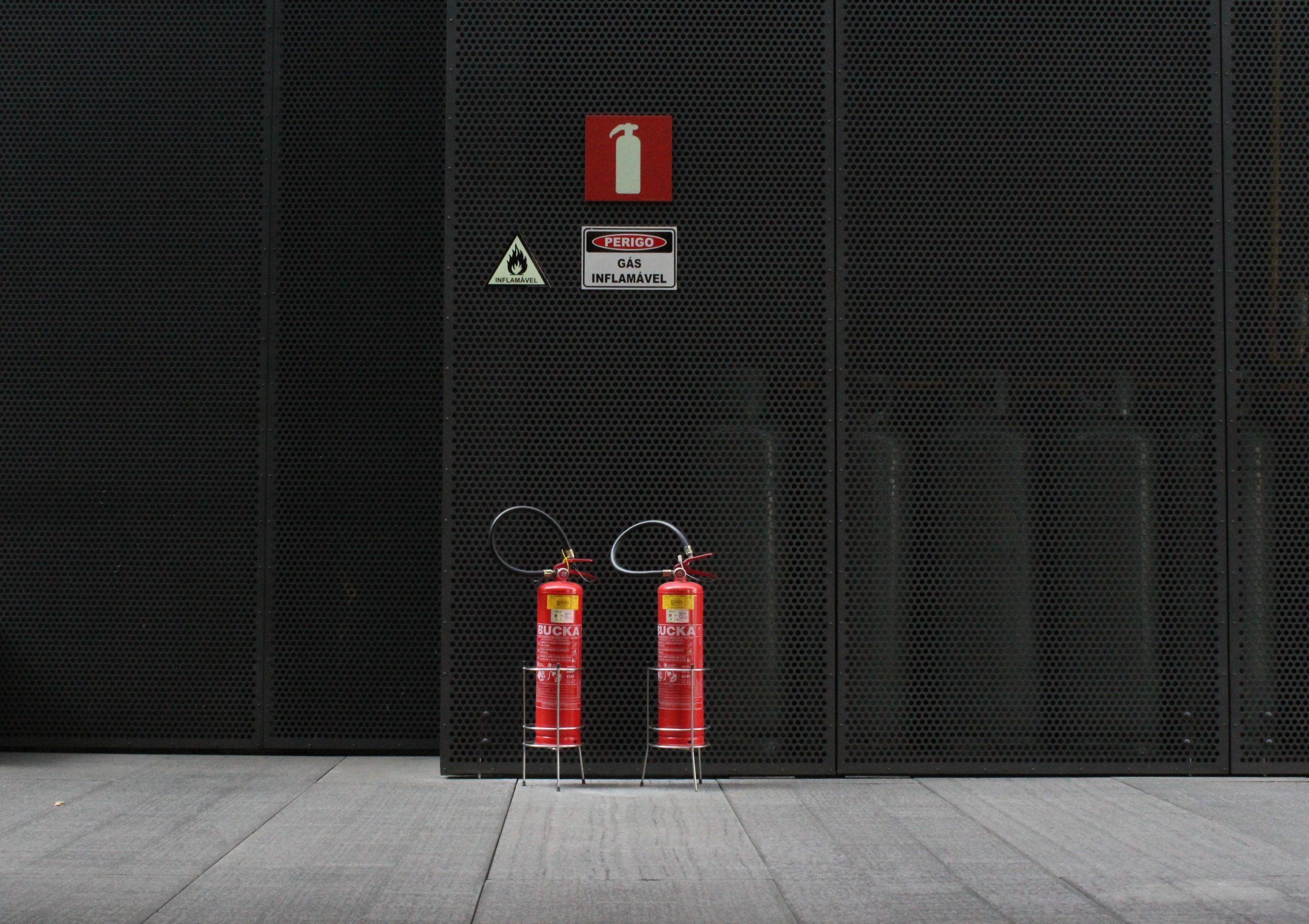Sydney’s fire safety guidelines are more than a simple checklist. The Annual Fire Safety Statement, or AFSS, is at the center of this system. This document not just is compliant with all legal requirements, it additionally demonstrates the owner’s commitment to safety and accountability. Alongside the Fire Safety Certificate, the AFS is the base of a structured system that ensures the safety of occupants in buildings and reassures insurers. It also provides confidence to councils in the buildings of their city.

The Fire Safety Annual Statement is in place?
The Annual fire safety statement Sydney obligation was never intended to be a document for the sake of paperwork. The fire protection systems will only be effective if they’re regularly maintained tested, certified and verified. A sprinkler put in place ten years ago may look fine however, without a thorough inspection there is no guarantee that it will activate in an emergency.
The AFSS stipulates that property owners must prove, at minimum every year, their fire safety measures, ranging from alarms to hydrants to lighting at the exit, continue to meet the standards originally set by the Building Code of Australia. It is not just an inspection. It’s a declaration to the public that lives are secure and that the building is able to be able to stand up to an emergency.
The distinction between AFSS Certificates and Fire Safety Certificates
Owners often confuse the Fire Safety Certificate with the annual statement, but both certificates have different objectives. The certificate is given once the system has been installed or major improvements have been made. The certificate ensures that the latest measures are in compliance with the regulations prior to a building or tenancy agreement is signed. The AFSS is a step after the fact. It’s a continuous duty that ensures the systems are in compliance with the specifications each year.
They create a protection cycle when they are used together: the certificates verify that security systems were properly installed and the annual audits ensure that these systems are maintained throughout the life of the building. Failure to complete either of these steps weakens the entire protection chain.
The responsibility of the building owner
The AFSS in New South Wales has a unique feature: it puts the entire responsibility for the process on the property owner. The AFSS does not include any hierarchy of defects in contrast to other forms, where they are categorized as either serious or minor. The whole statement is null when even one of the measures fail.
Owners are expected to be proactive. They have to organize inspections, employ certified experts, schedule repairs, and file documents with the council, all while meeting strict deadlines. For commercial landlords and strata committees, this responsibility also involves coordination between tenants and contractors as well as insurers. While it isn’t easy, this system is intended to guarantee security is not affected or delayed.
The Effects of AFSS Beyond Sydney
Beyond legal compliance Beyond legal compliance, the AFSS has more ramifications. When deciding to rent spaces, tenants are often asked whether the current safety declaration of the building. Insurers also frequently request an affidavit prior to deciding on their coverage. A current Annual fire safety statement can therefore influence property value, tenant confidence, and even insurance premiums.
It provides councils with a assurance of the ongoing surveillance of the buildings of Sydney. For fire departments, it means systems are more likely to work in real emergencies, which reduces hazards for both the occupants of the building and firefighters. The AFSS is not only about protecting particular buildings, it also makes a safer city.
Conclusion: AFSS as a Standard of Trust
It might seem like a burden for bureaucrats, but the Annual Fire Safety Statement Sydney is actually an assurance standard. It shows that the fire safety measures are not put at risk. It also shows that the equipment is trustworthy and that the building owners are taking the responsibility for their residents health and well-being. It’s a component of a system which verifies the installation as well as the implementation of vital security measures.
The conclusion for property owners is obvious: AFSS is much more than a simple deadline. It’s a commitment to community trust as well as accountability and safety. This is why the AFSS the most valuable asset in Sydney’s rapidly growing urban landscape in which thousands of residents rely on secure and legal building.
